By Cashmere Morley
In the world of independent rap, the release of an album is often the culmination of years of work, development, and growth. For the Ann Arbor hip-hop collective Tree City putting out their new album, Pure Levels, has been anything but a conventional journey. With a sound that Tree City dubs “futuristic space funk,” the group has crafted an album that stands as both a personal testament to the 13 years it took to create and a nod to the vibrant music scene of Ann Arbor.
From production to lyrics, the creative process for Pure Levels was all about experimentation and pushing boundaries. Tree City MC Kyle “Silas Green” Hunter boldly professes that, “pound for pound, this is the dopest Ann Arbor rap album to come out of all time.” But at one point, he wasn’t even sure if this music would see the light of day. Its road to release was marked with trials, tribulations, delays, and eventually, redemption.
Tree City started writing and recording songs together in 2005 when they formed at the original Neutral Zone location on South Main. Back then, they were just teens collaborating and sharpening their craft. There was no desire to make money or chase stardom, they simply wanted to make music together—a constant that has propelled the group to keep collaborating over the span of their young adult lives until the eventual release of Pure Levels nearly two decades later in December of 2024. This is their first full-length release since their debut album Thus Far in 2010.
“There’s been a lot of membership changes, but it all started with us just freestyling in the stairwell [at high school] every day at lunch. We would just get lunch and have a little session. Bring a boombox and some of our favorite beats, and that was how we really trained each other. It was definitely like another class that we both taught and attended,” said Evan "Clavius Crates" Haywood who mastered, mixed, produced, and recorded Pure Levels.
Charles “Cheeks” Cheek is a Tree City MC who joined the group in 2008 and was heavily involved until his move to Washington in 2011—the same year they began to write the songs that became [the album] Pure Levels. He appears on several tracks throughout the album which he calls a “time capsule” of Michigan hip-hop sounds. “This is a project that has been a long time in the making, and it's something that I think demonstrates the progression of everyone as an artist. It’s totally different from anything we’ve put out so far. I think that's a good thing because it shows that we are growing and evolving as human beings as well as artists.”
In the fall of 2024, Haywood reached out to the other members of Tree City, and the group began discussing how and when to release the album on his record label, Black Ram Sound. “It felt a little strange at first,” Hunter admitted. “I was worried that listening to it again would be a disappointment. But once I listened to the final version, I knew that people needed to hear it,” he said. “I just listened to it again for the first time in a while last night, and I'm really proud of the sequencing [of the album]” said Hunter. “I would say if people want to approach it like a double album, even though it's all digital or streaming, from Boss Triangles to 1975 is the ‘party side.' And then the next half is the ‘rap side.’”
Haywood says the diverse and complex Ann Arbor music community helped mold the sound on Pure Levels. “Being surrounded by such an elite community of artists… Ann Arbor is rich with all kinds of different sounds. The mash up of influences that are on this album definitely come from an Ann Arbor perspective.” One of those influences, producer Michael Dykehouse, shared some beats he was working on with Haywood in 2011 while they both worked at Encore Records. It ended up changing the direction of the group’s sound in a major way.
Simmons, a Tree City MC and DJ who played a major role on Pure Levels said, “I feel really lucky, blessed, and grateful to be able to work with the people that I do because they have such a unique perspective, and they understand that you don't have to appeal to certain people. You don't have to write certain flows; you don't have to say things a certain kind of way. You can really do the kind of stuff you want to do and still be successful. And that's something that I really stand behind.”
What did the group want to do? This was a question they all seemed to ask themselves during the making of Pure Levels. In terms of vocal technique, Hunter pushed himself to experiment, moving away from the typical aggressive tone often found in underground rap. “I tried to use my voice in a more melodic way,” he said. “I wanted to have a voice that was compelling especially when addressing topics like sex, relationships, and the funnier aspects of life. It had to be more than just monotonous.”
Haywood said he did a lot of experimenting with the mixing on this record including all-night sessions where he was, “recording with the worst mic I had onto a cassette, and then taking that and putting it into the computer and doing more to it. A lot of phasing and flanging and reverb to give it that futuristic sound—but always maintaining clarity and solidity, so that it doesn’t become mush. I wanted to keep [the mixing] tight but still have texture and space to it.”
The personal nature of the lyrics is another standout feature of Pure Levels. For Hunter, much of the writing process was about reflecting on real-life experiences. “We didn’t have to embellish,” said Hunter. “The stories were already dramatic enough.” Evident in tracks like "1975," which captures the emotions surrounding the end of a relationship, Hunter explained, “[That track] was literally just me and Evan sitting down and giving a play-by-play of a post-breakup. Things were not clicking anymore, and we were just honest about how we were feeling at that point in time.”
Tree City’s decision to keep the lyrics real and relatable was part of a conscious effort to break away from the typical posturing in rap music. Simmons noted that the lyrics he contributed to the album are “very personal” especially on the second to last track, “Mama Says Education.”
“I had this verse where I'm depicting my situation growing up as a dark-skinned black man and growing up around other black kids who kind of have this mental construct where they don't value themselves, and because of that, they lash out on other people that look like them, myself being one of those people. And I have a whole verse talking about how growing up was tough because I got picked on a lot as a kid just from being dark skinned, and it was like you don't even realize how you're affecting yourself, how you're affecting me, and how deep rooted this construct is. This self-hatred that's embedded in young minds at a very young age. One of the lines I say, 'Ignorance is really bliss when racism occurs / Now you got a bunch of black sheep that just follow the herd / Who couldn't tell you where his daddy is or where he works. / And it hurts my heart, but the struggle’s been part of the puzzle / And we've been in this together right from the start.’ And that, to me, was really putting firsthand experiences on record.”
Simmons said that he feels the band kept making music together after all these years for their own separate reasons, but for him, what kept him coming back was exploring new “sounds, styles, and flows; really seeing how far we can take [the music].”
Hunter agreed that there were many aspects keeping the band together, from their recreational drug use to their deep love of music, and says he hopes to continue to “nerd out” to music with his fellow bandmates in the future.
“I think the internet and social media kept us connected to a certain extent,” said Cheek. “We were all in separate places in our lives.” He noted that he is a mental health professional and has been in the field for five years. Musically, he is currently working with a different group, but in the future hopes to record new music with both Tree City and his current band, Breath Easy Music Group.
Right now, Simmons deejays and works as a sales representative for Comcast, but plans to keep making music with Tree City and notes that there is a lot of music they still need to release. “I love being able to experiment with different ideas and concepts, being able to record them.Just venting and expressing myself in general is a great outlet for me,” he said. “Right now, I’m putting time into learning to play more guitar, and working on a few solo projects; I really want to do more collabs in the future as well and just continue to put out more records.”
Haywood says that he still lives in Ann Arbor, where he runs Black Ram Treehouse recording studio and Black Ram Sound record label, where he records, mixes, and masters work for artists from Michigan and many other places.
“My aim is to help musicians realize their creative visions with top-shelf sound quality and attention to detail. Since 2016, I have released several solo albums under my own name, Evan Haywood. These LP’s cover many styles from folk to funk. I have carried Tree City’s relentless work ethic and taste for experimental sounds into my solo work… [Pure Levels] is the most fun, danceable, complex, and meaningful music Tree City has ever created as a group. It definitely rewards repeated listening… Pure Levels is one of those records that sinks a little deeper into your subconscious mind every time you listen to it. We hope our fans will enjoy it for many years to come.”
Looking into the future, Tree City is booking live shows for the summertime. To keep up with the group on social media, visit their label on Instagram at @blackramsound and listen to them on Bandcamp at https://treecity734.bandcamp.com.
Related Articles:







































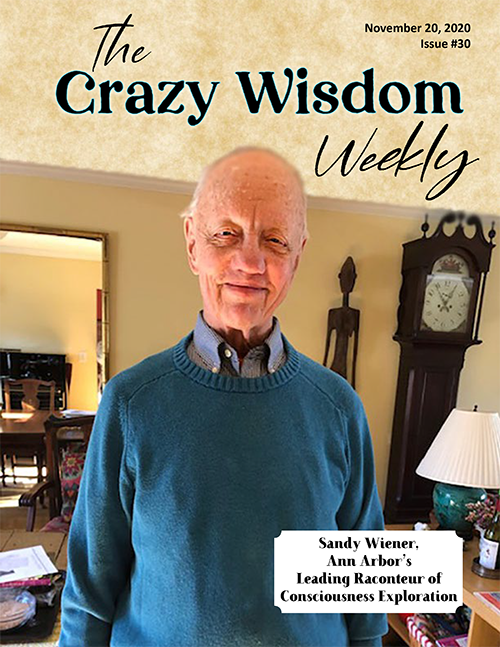



























































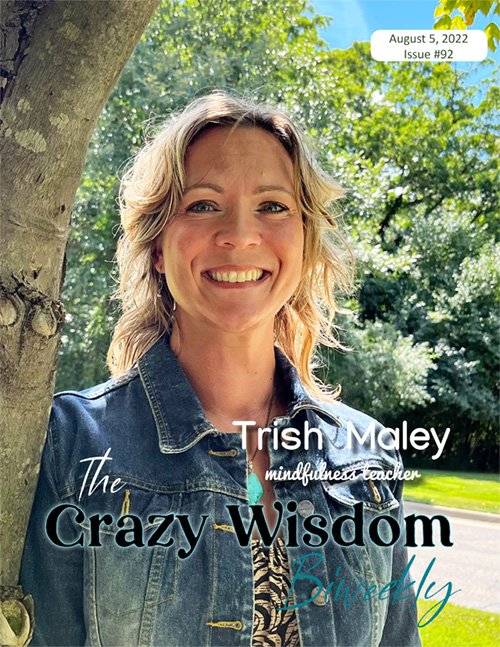
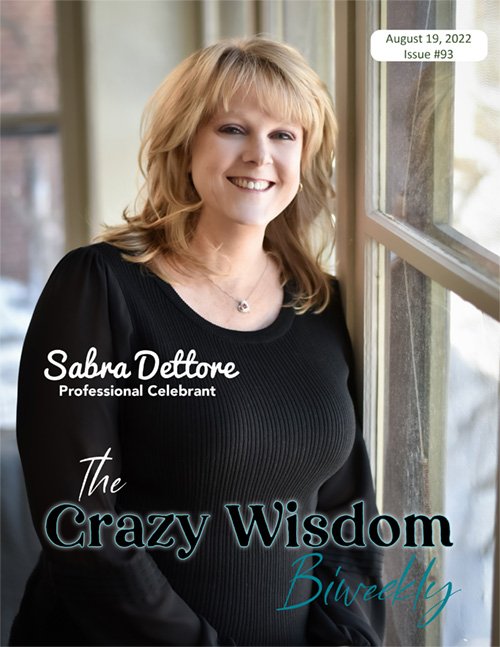

























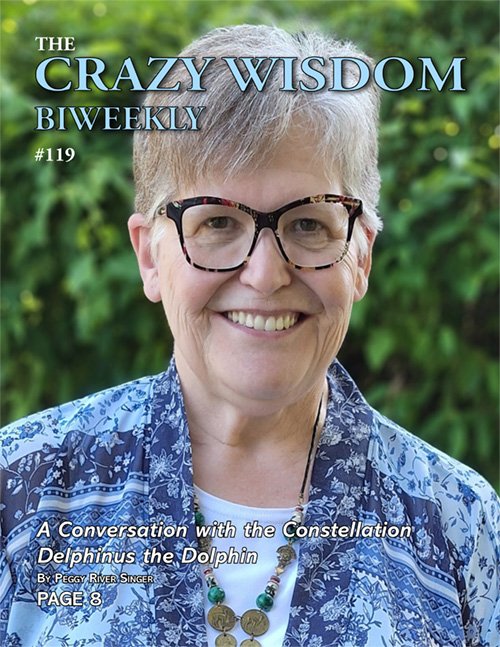



























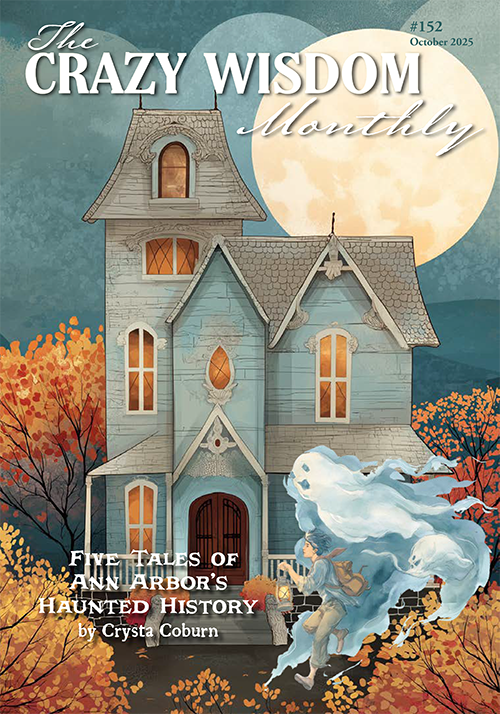










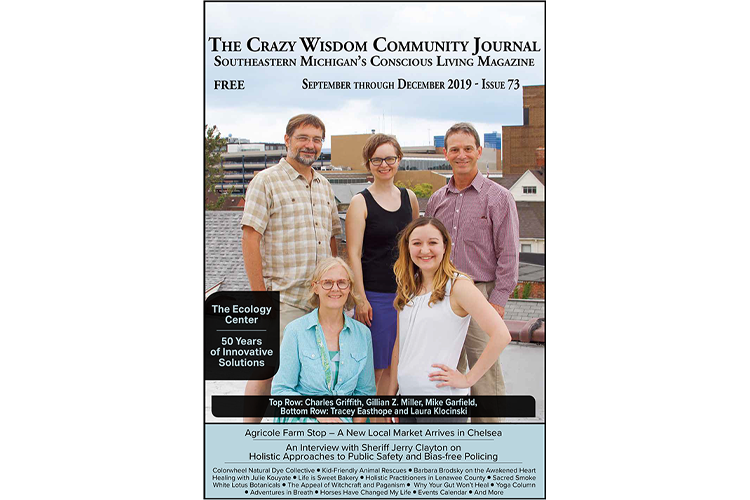







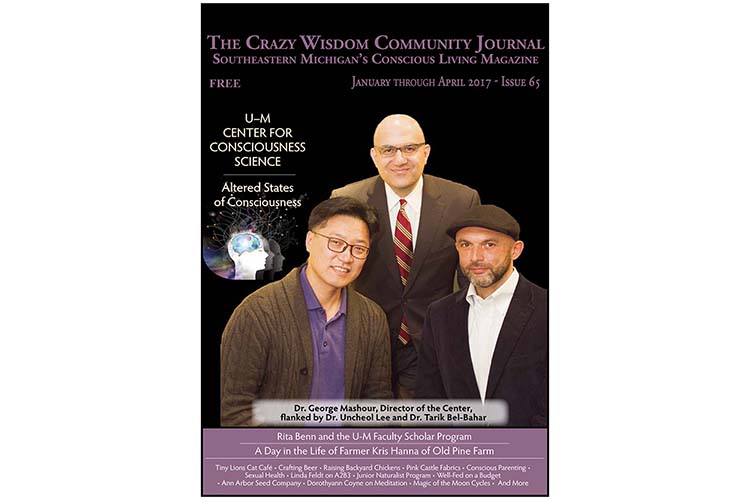
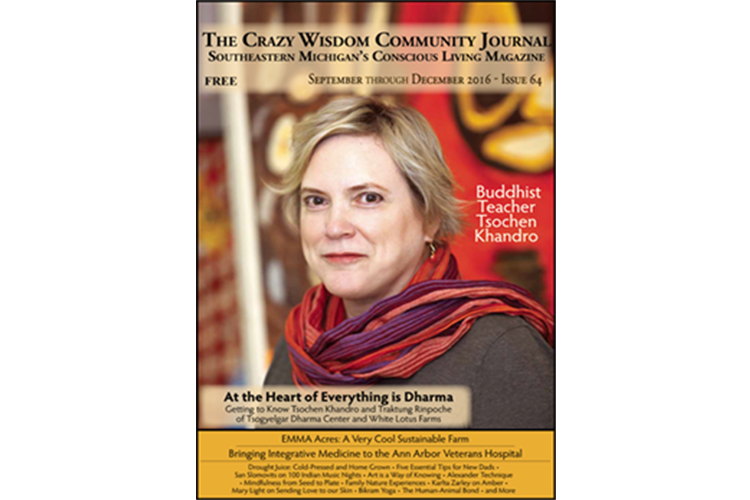






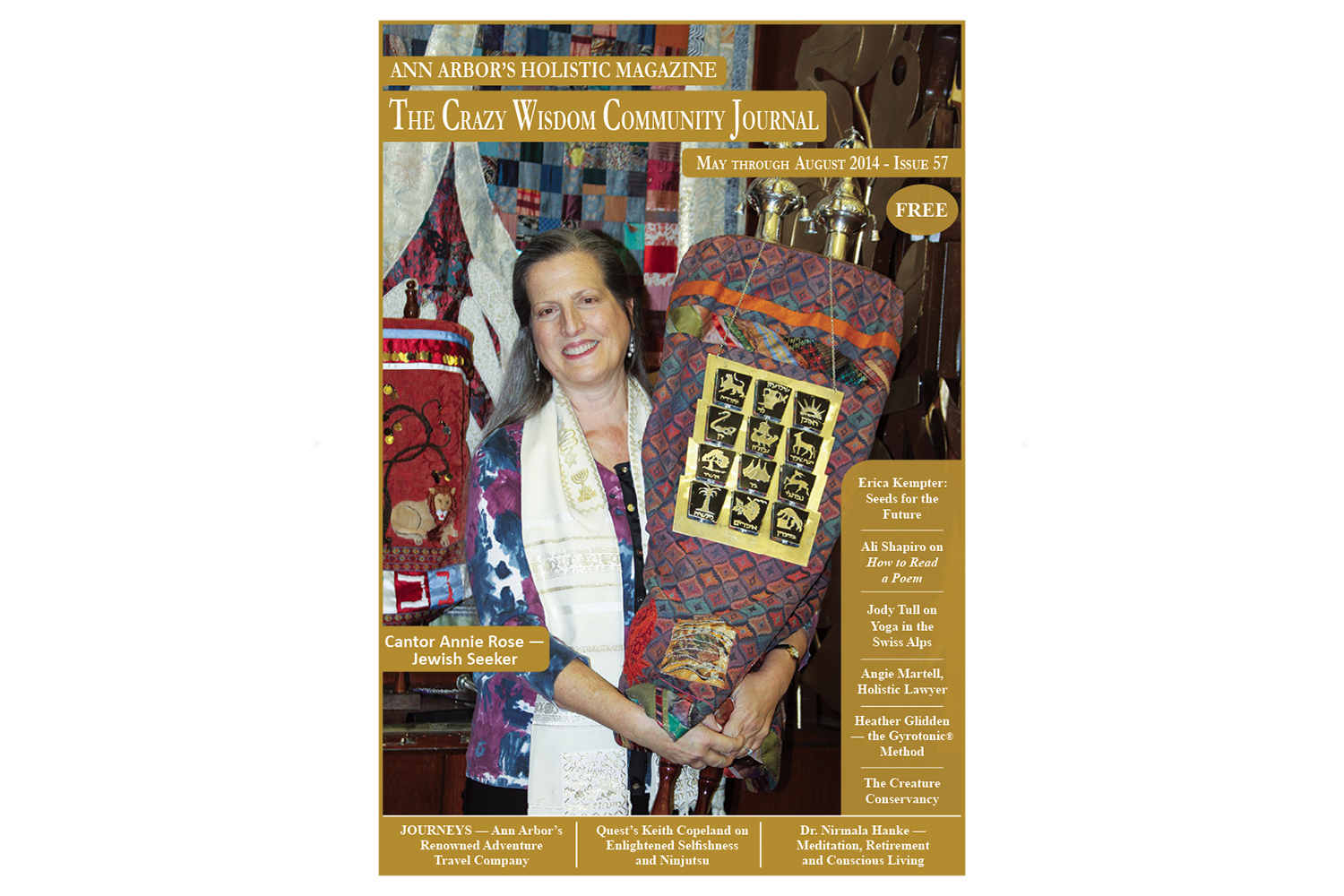


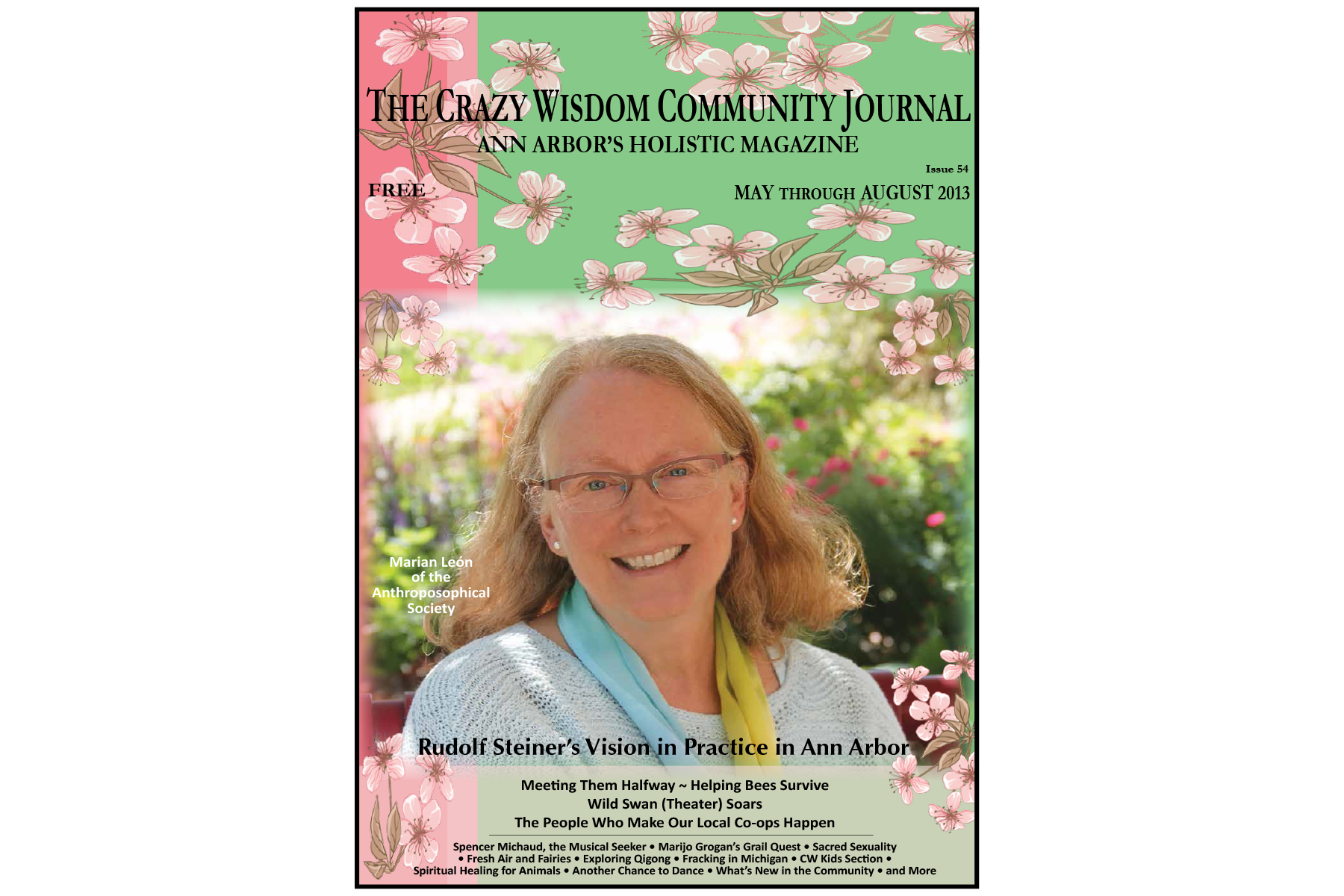
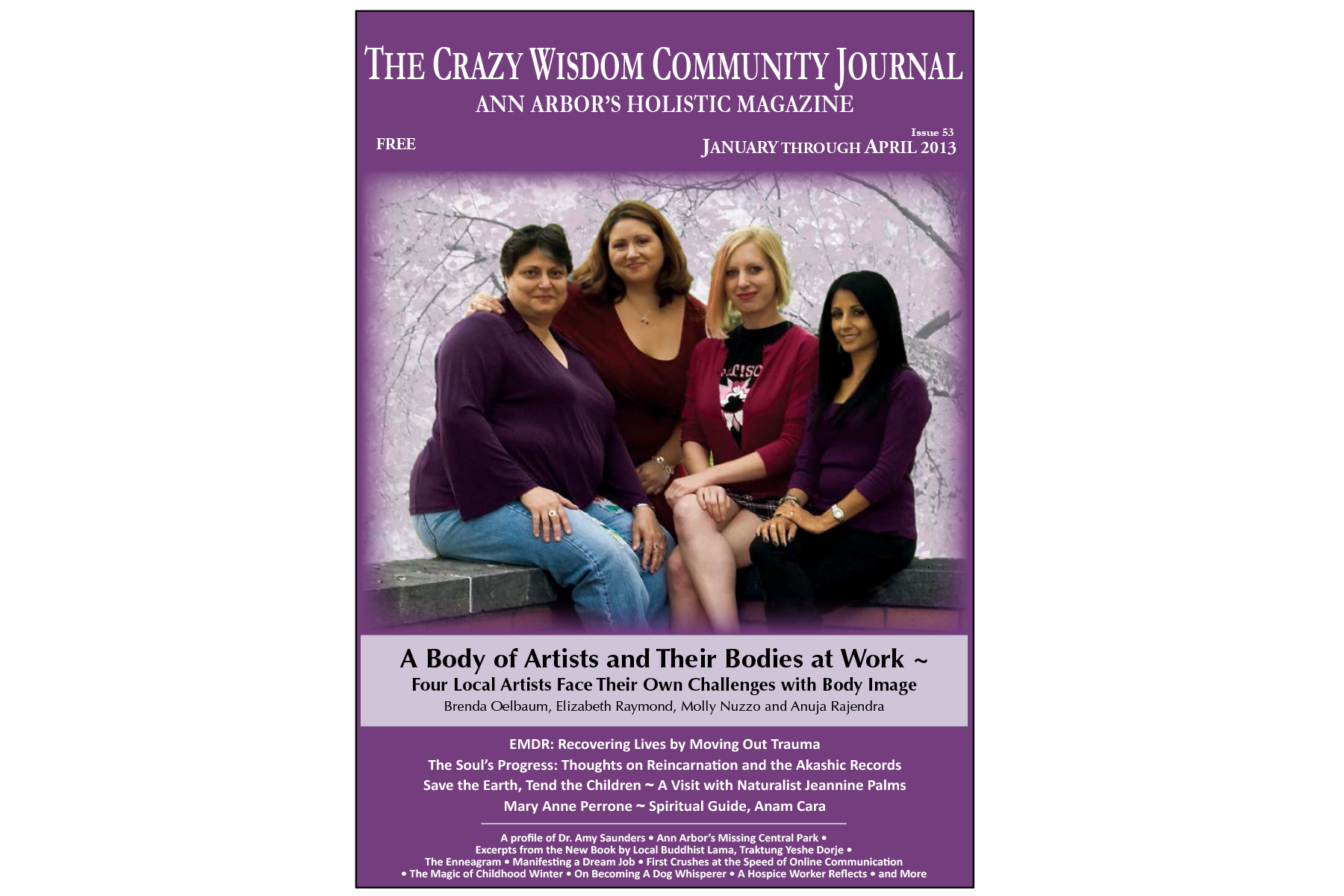




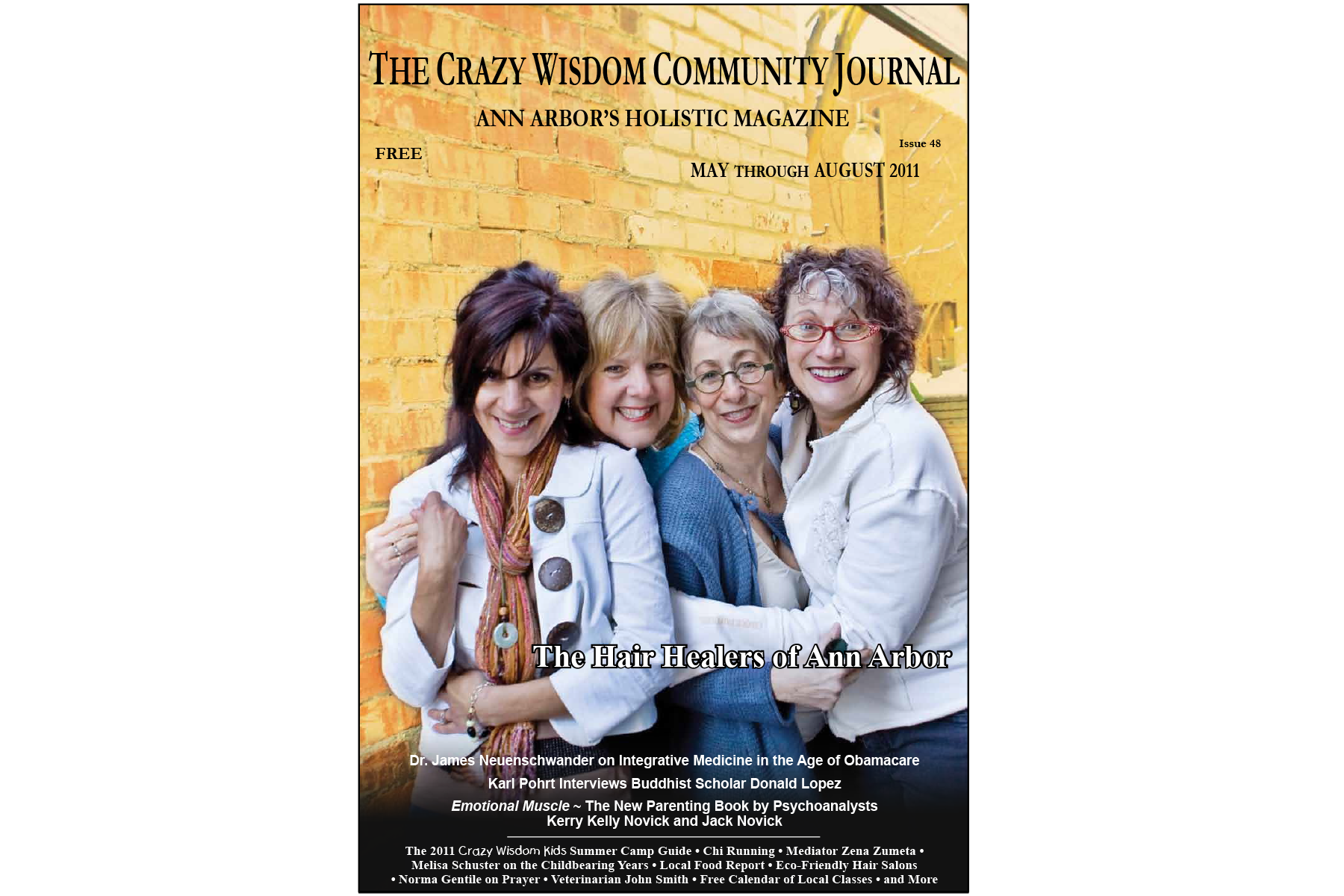

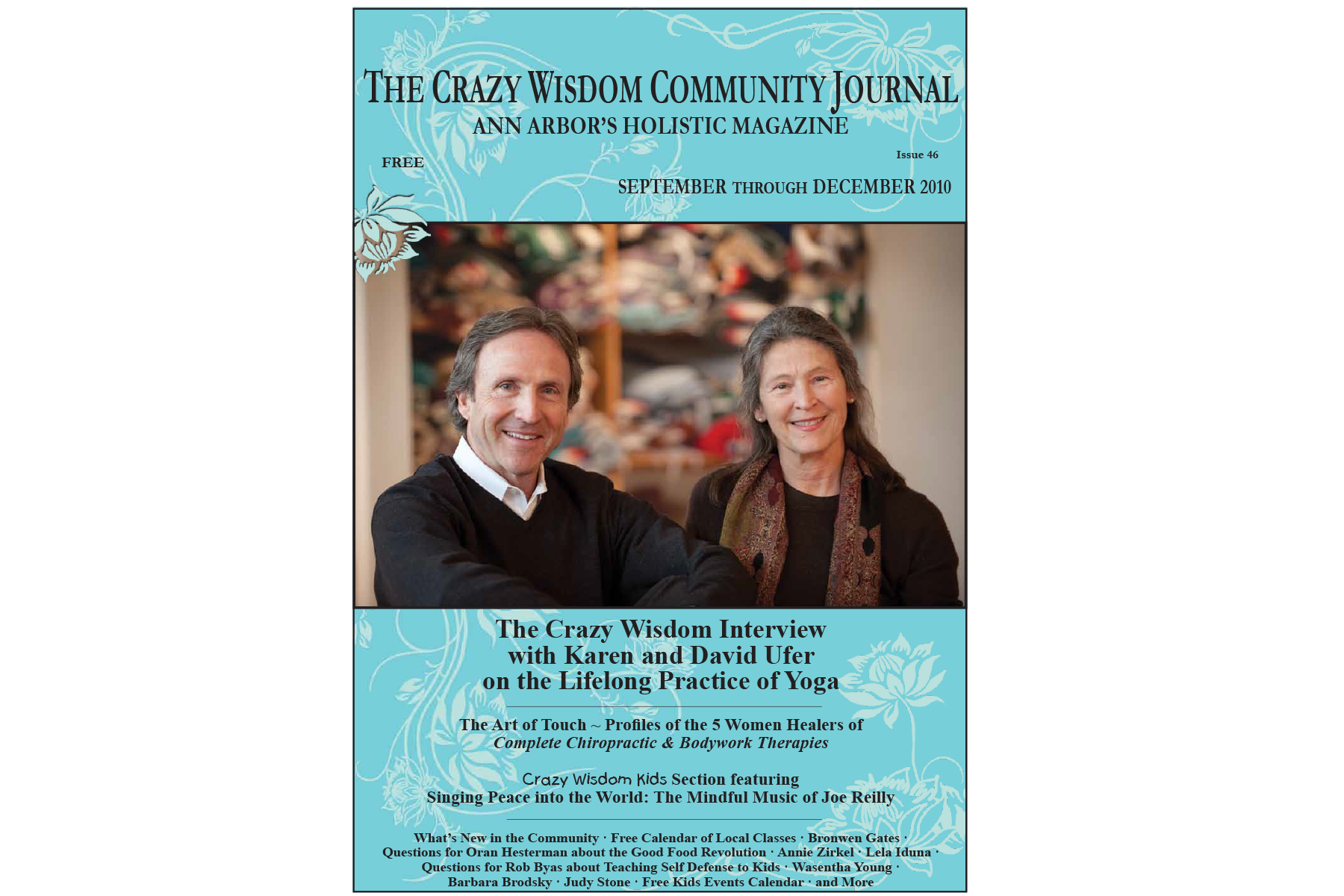
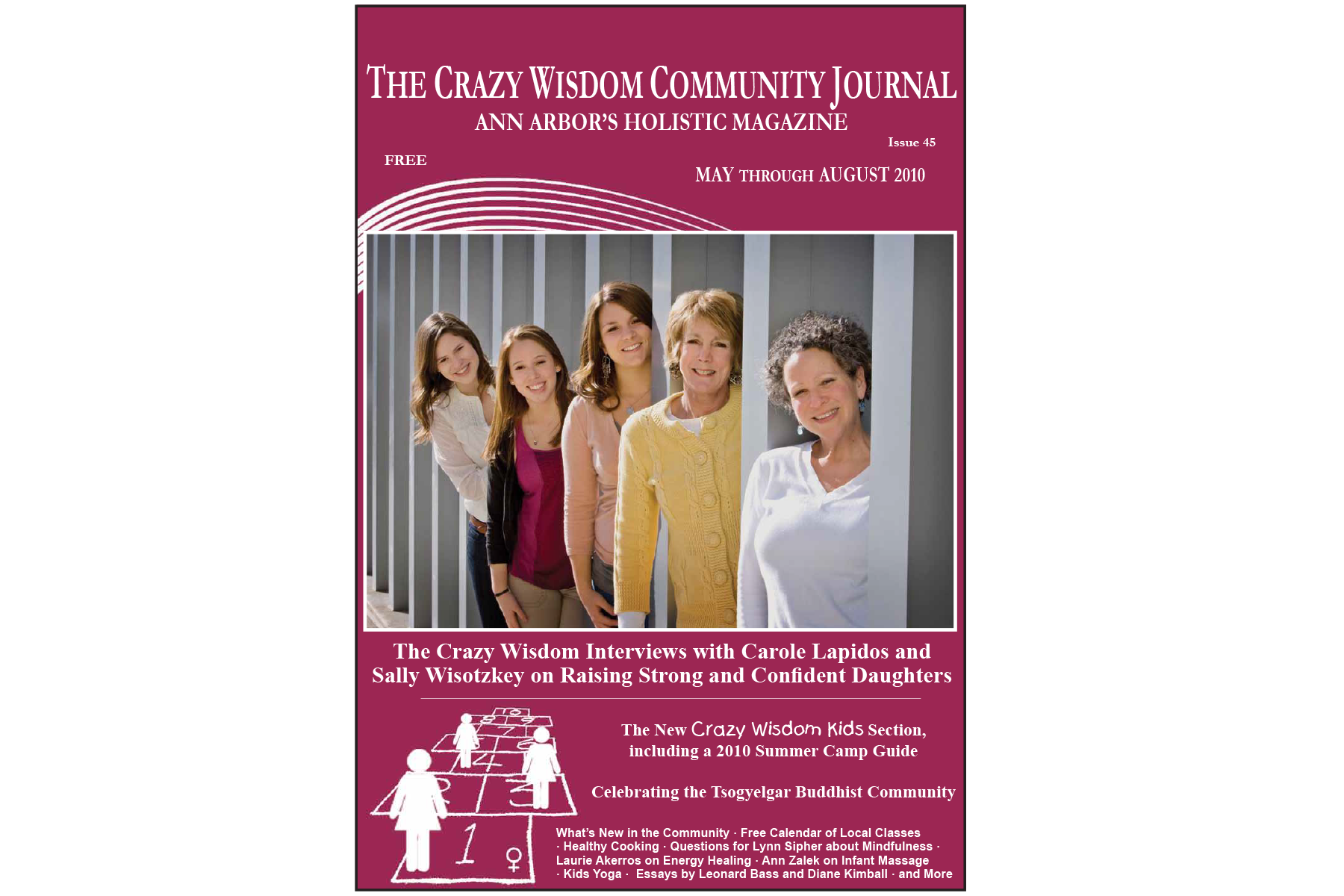
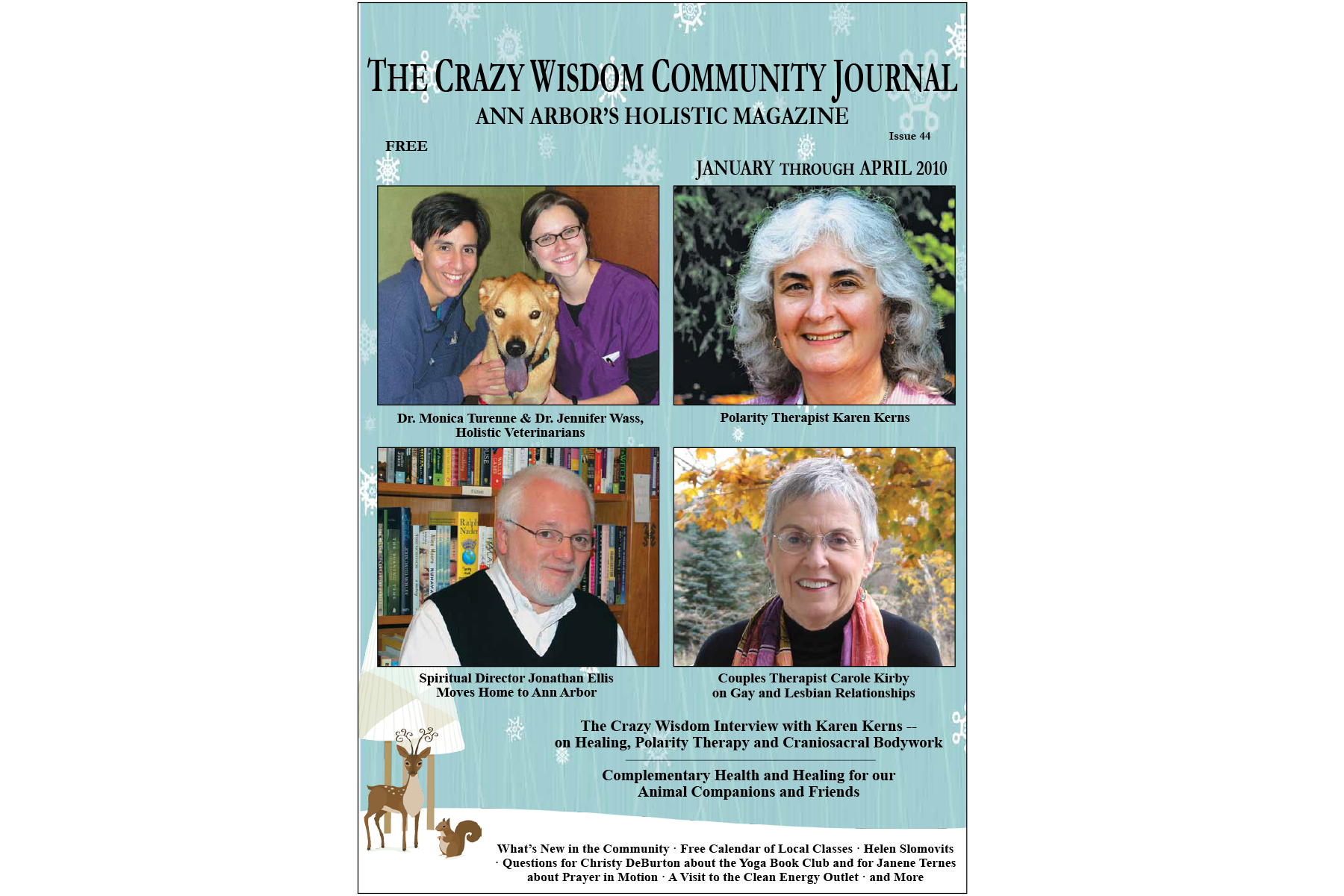



As arts funding dwindles and screens pull audiences away from live experiences, one Ann Arbor nonprofit is quietly transforming the cultural landscape with soul and purpose. For nearly five decades, Great Lakes Performing Artist Associates (GLPAA) has championed real human connection through music.